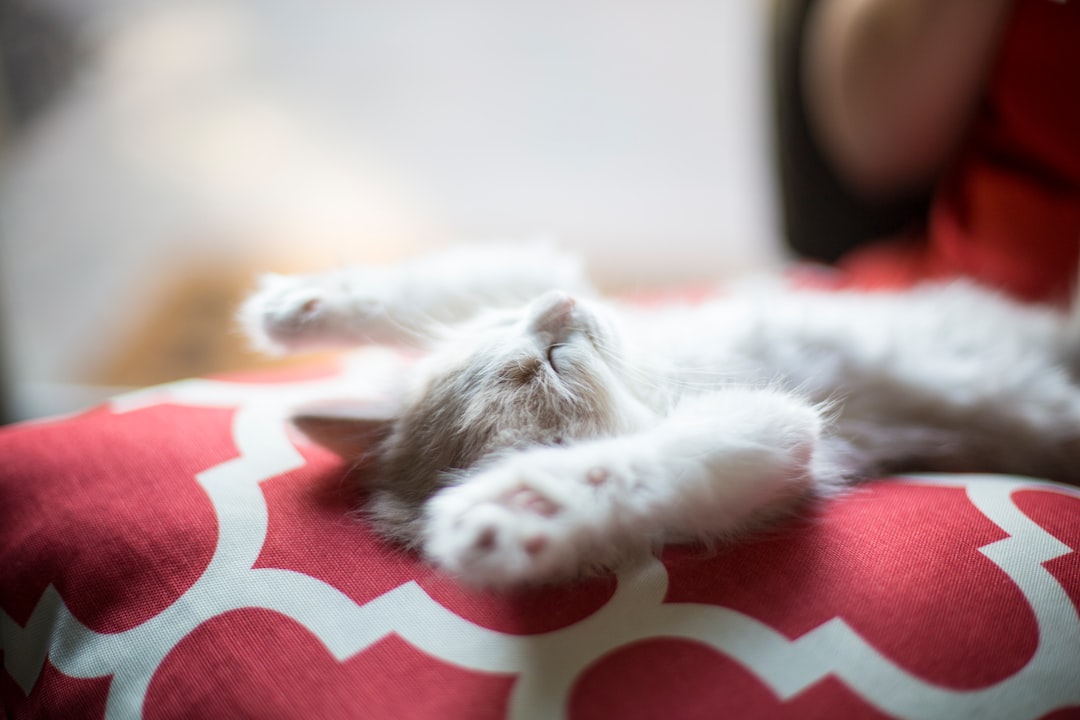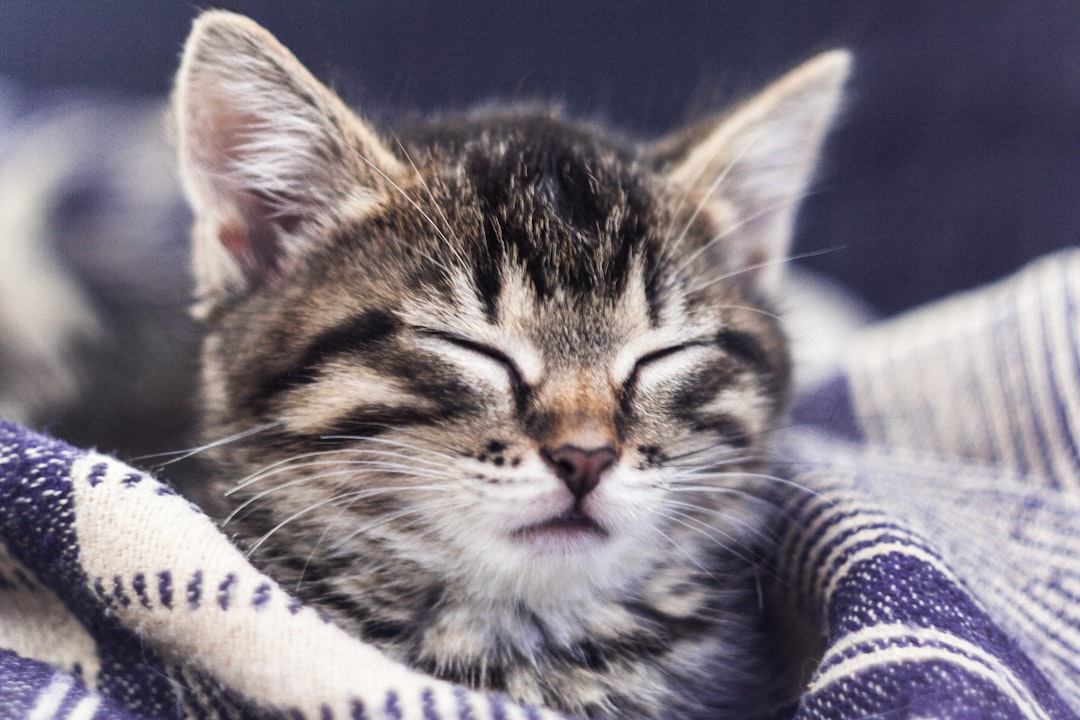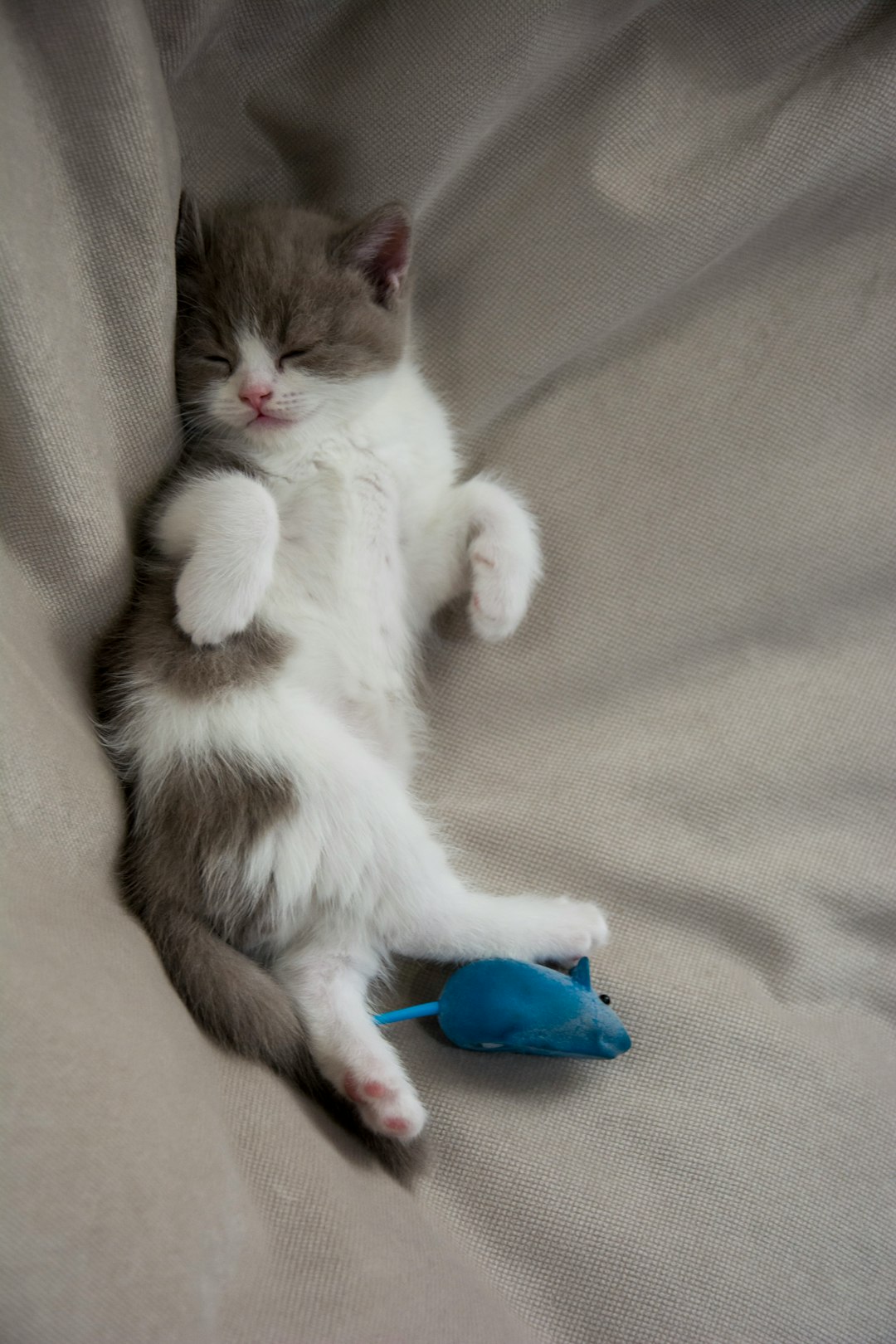The fascinating design of the cat skeleton plays a crucial role in understanding feline anatomy and overall health. Unlike humans, cats possess unique skeletal features that enhance their agility and mobility, allowing them to perform impressive acrobatics. In this post, we will explore various aspects of the cat skeleton, including its structure, the distinct differences from human bones, and common skeletal issues that may arise throughout a cat’s life. Furthermore, we will discuss how nutrition influences skeletal development and offer tips for maintaining your cat’s health, ensuring they remain active and agile.
Overview of Cat Skeleton Structure
The cat skeleton is a fascinating and intricate framework that serves as the foundation for a cat’s agility and movement. Comprised of approximately 230 to 250 bones, the exact number can vary based on tail length and other factors, the cat skeleton is uniquely designed to support feline characteristics.
Here’s a breakdown of its key components:
- Skull: Protects the brain and supports the structure of the facial region.
- Vertebral column: A flexible sequence of bones that enables a cat to twist and jump with remarkable ease.
- Rib cage: While protecting vital organs, this structure helps in respiration.
- Limbs: Comprising the forelimbs and hindlimbs, they play a crucial role in movement.
In comparison to other animals, the cat skeleton excels in flexibility. For instance, while humans have 24 vertebrae in their lower back, cats possess 30, enhancing their agility and balance. This unique anatomy not only contributes to a cat’s iconic grace but also indicates how important the cat skeleton is to overall feline health and wellness.

Key Differences Between Cat and Human Skeletons
Understanding the cat skeleton reveals fascinating differences compared to the human skeleton. Here are some key distinctions that highlight the unique adaptations of felines:
Number of Bones:
- Cats: Typically have around 230 to 250 bones, depending on tail length.
- Humans: Have 206 bones, as some bones fuse together during development.
Spinal Structure:
- Cats: Exhibit an exceptionally flexible spine comprised of more vertebrae, promoting agility and stealth in movement.
- Humans: Possess a more rigid spine that supports an upright posture.
Limbs and Joints:
- Cats: Feature a forelimb structure that allows for extensive rotation and an increased range of motion, essential for climbing and hunting.
- Humans: Have a more fixed shoulder joint and lower limb structure, adapted for bipedal locomotion.
Understanding these differences not only showcases the incredible design of the cat skeleton but also emphasizes how it relates to their behavior and lifestyle. By appreciating these structural variations, we can better cater to the health and well-being of our feline companions.
Understanding Cat Joint Mobility
When examining the cat skeleton, joint mobility plays a crucial role in the overall agility and flexibility of felines. Unlike human joints, cat joints are specially designed for swift and graceful movements. Here’s a breakdown of key factors influencing cat joint mobility:
Unique Structure:
- Cats have a larger range of motion in their hips and shoulders compared to humans.
- The ball-and-socket joints allow them to perform acrobatic feats, such as jumping and climbing.
Muscle and Ligament Support:
- Strong muscles and flexible ligaments enhance joint support, enabling effective movement.
Joint Types:
- Cats possess three types of joints:
- Ball-and-socket joints (e.g., hip, shoulder)
- Hinge joints (e.g., knees)
- Gliding joints (e.g., wrists)
- Cats possess three types of joints:
Effects of Age:
- As cats age, joint mobility may decline due to arthritis or wear-and-tear, emphasizing the importance of regular veterinary check-ups.
In summary, understanding how the cat skeleton contributes to joint mobility helps pet owners maintain their feline companions’ agility and overall health. Being proactive about your cat’s joint health can lead to enhanced quality of life.
Common Skeletal Issues in Cats
Cats, despite their agile and graceful movements, can encounter several skeletal issues that may affect their health and quality of life. Recognizing these problems early can be crucial for effective treatment. Here are some common skeletal issues found in cats:
- Arthritis: This degenerative joint disease often occurs in older cats, causing pain and stiffness.
- Hip Dysplasia: A genetic condition where the hip joint doesn’t fit properly into the hip socket, leading to arthritis and mobility issues.
- Fractures: Cats can sustain fractures from falls or accidents. The most common fractures occur in the leg bones, tail, and jaw.
- Osteochondrosis: This abnormal development of cartilage can lead to joint pain and mobility problems in younger cats.
- Luxating Patellas: This occurs when the kneecap dislocates from its normal position, resulting in limping or difficulty using the affected leg.
Monitoring your cat’s movements and behavior can help identify these issues early. If you notice any signs of discomfort or reduced activity, consult your veterinarian to ensure your cat’s skeleton remains healthy. Implementing preventive care can significantly improve your feline’s quality of life.

The Role of Bones in Feline Health
The cat skeleton plays a crucial role in maintaining overall feline health. Understanding its functions helps cat owners appreciate the importance of bone health. Here are some key aspects to consider:
Support and Structure: The cat skeleton provides essential support for the body, allowing cats to be agile and graceful. Strong bones protect vital organs, ensuring the cat’s safety during play and exploration.
Movement and Flexibility: Cats rely on their skeletal structure for mobility. The unique design of the cat skeleton facilitates impressive agility, enabling swift movements that are essential for hunting and evading threats.
Mineral Reservoir: Bones serve as a storage site for important minerals like calcium and phosphorus. This function is critical for various bodily processes, including muscle contractions and nerve function.
Bone Marrow Function: The cat skeleton houses bone marrow, where blood cells are produced. Healthy bones ensure efficient blood circulation, directly impacting overall health.
To maintain your cat’s skeletal health, provide a balanced diet, regular exercise, and routine veterinary check-ups. A strong cat skeleton contributes significantly to your feline’s longevity and quality of life.
How Nutrition Affects Cat Skeleton Development
Nutrition plays a crucial role in the development and maintenance of a healthy cat skeleton. Proper dietary choices can significantly impact a feline’s bone density and overall skeletal integrity. Here’s how nutrition influences skeletal health:
- Calcium and Phosphorus Balance: Cats require a balanced ratio of calcium to phosphorus for optimal bone formation. A deficiency or excess can lead to skeletal issues.
- Protein Intake: Adequate protein supports muscle mass, which is essential for bone health. Strong muscles help protect the cat skeleton from injuries.
- Vitamins and Minerals: Key vitamins, such as Vitamin D, enable calcium absorption, while other minerals contribute to bone strength. Ensure your cat receives a nutrient-rich diet.
Comparison of Nutritional Needs
| Nutrient | Importance | Sources |
|---|---|---|
| Calcium | Bone formation and strength | Dairy products, fish, greens |
| Phosphorus | Bone mineralization | Meat, poultry, fish |
| Protein | Muscle support | Meat, eggs, fish |
| Vitamin D | Calcium absorption | Fish oil, fortified cat foods |
By prioritizing a balanced diet, cat owners can support their pet’s skeletal development and longevity. Remember, a well-nourished cat skeleton leads to a happier, healthier feline!
Tips for Maintaining a Healthy Skeletal System in Cats
To ensure your cat’s skeleton remains strong and healthy, consider the following tips:
Balanced Diet: Provide a well-rounded diet rich in calcium and phosphorus. These minerals are vital for bone health and overall skeletal development. Look for high-quality cat foods that include these nutrients.
Regular Exercise: Encourage playtime and daily exercise to promote joint mobility and strengthen bones. Activities like climbing, jumping, and chasing toys are great for maintaining a healthy cat skeleton.
Routine Veterinary Check-ups: Schedule regular vet appointments for comprehensive health assessments. Early detection of potential skeletal issues can lead to better outcomes.
Weight Management: Obesity increases stress on your cat’s joints and bones. Monitor their weight and adjust their diet and exercise regimen as necessary.
Interactive Toys: Invest in toys that stimulate both mental and physical activity. Engaging toys encourage movement and can help maintain skeletal health.
By implementing these tips, you can significantly contribute to the wellbeing of your cat’s skeleton, ensuring a longer and healthier life for your feline companion.

Recognizing Signs of Skeletal Problems in Felines
Identifying skeletal issues early in cats is crucial for maintaining their overall health. Here are some key indicators to watch for regarding the cat skeleton:
- Limping or Favoring One Limb: If your cat avoids putting weight on a leg, it may indicate pain or injury in the bones or joints.
- Decreased Activity Level: Sudden lethargy or reluctance to play could suggest discomfort related to the cat skeleton.
- Changes in Posture: Observe if your feline adopts unusual positions; a hunched back or limping may point to underlying skeletal problems.
- Difficulty Jumping: If your cat struggles to leap onto surfaces they once frequented, this can signal joint or bone issues.
- Visible Swelling: Look for swelling around joints or limps; it could indicate inflammation or injury.
Additionally, pay attention to behavioral changes. If your cat becomes more irritable or hides frequently, they may be experiencing pain linked to their cat skeleton. Regular vet check-ups can also help catch issues before they escalate.
Frequently Asked Questions
What is the basic structure of a cat’s skeleton?
A cat’s skeleton consists of 230 to 250 bones, which provide structure and support for its body. The main components include the skull, vertebral column (spine), rib cage, and limb bones. The skull houses the brain and forms the structure of the face, including the jaw. The vertebral column protects the spinal cord and allows for flexibility, while the rib cage protects vital organs such as the heart and lungs. The limb bones, including the forelimbs and hind limbs, support mobility and agility, characteristic of felines.
How does a cat’s skeletal structure contribute to its agility?
Cats are renowned for their agility, which can be attributed to their unique skeletal structure. Their spine is exceptionally flexible due to the presence of more vertebrae compared to many other mammals, allowing for a wide range of motion. Additionally, their limb bones are elongated and lightweight, facilitating powerful jumping and sprinting. The design of their pelvis and leg bones enables them to quickly push off the ground, providing explosive speed and precision during hunting or play.
What common skeletal issues do cats face?
Cats can suffer from various skeletal issues, including arthritis, hip dysplasia, and fractures. Arthritis typically affects older cats, leading to joint pain and reduced mobility. Hip dysplasia is a genetic condition where the hip joint doesn’t fit perfectly into the hip socket, causing discomfort and potential mobility issues. Fractures can occur due to accidents or falls, especially in high-energy cats. Regular veterinary check-ups and maintaining a healthy weight can help prevent these conditions and ensure optimal skeletal health in felines.
How can I support my cat’s skeletal health at home?
Supporting your cat’s skeletal health at home involves providing a balanced diet rich in nutrients that promote bone strength, such as calcium and vitamin D. Regular exercise is also essential to maintain healthy muscles and joints, so engaging your cat in play to stimulate movement is beneficial. Additionally, ensuring your cat maintains a healthy weight can reduce stress on their joints. Providing a comfortable and supportive bed can help alleviate any discomfort related to aging joints or existing conditions.



